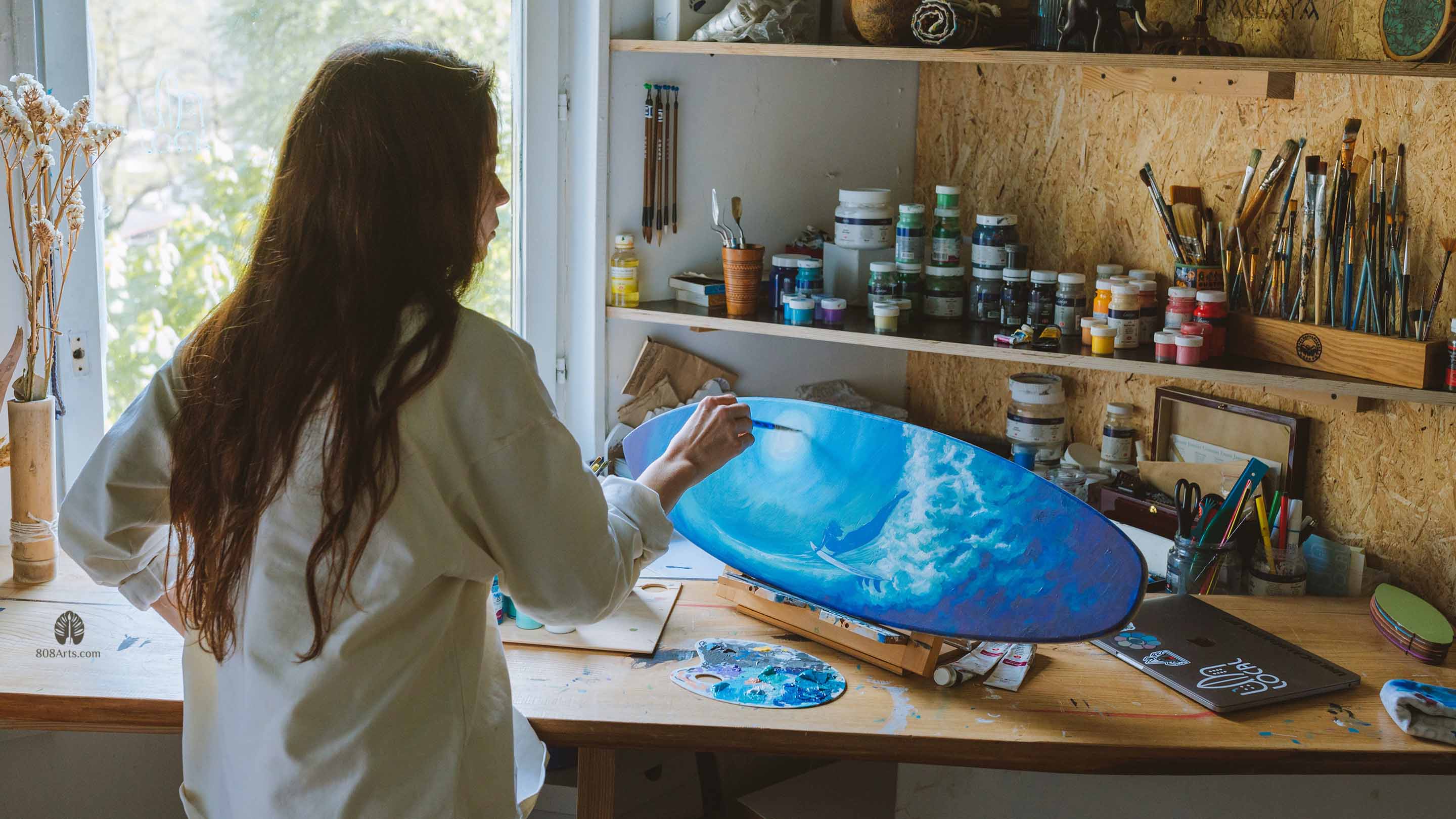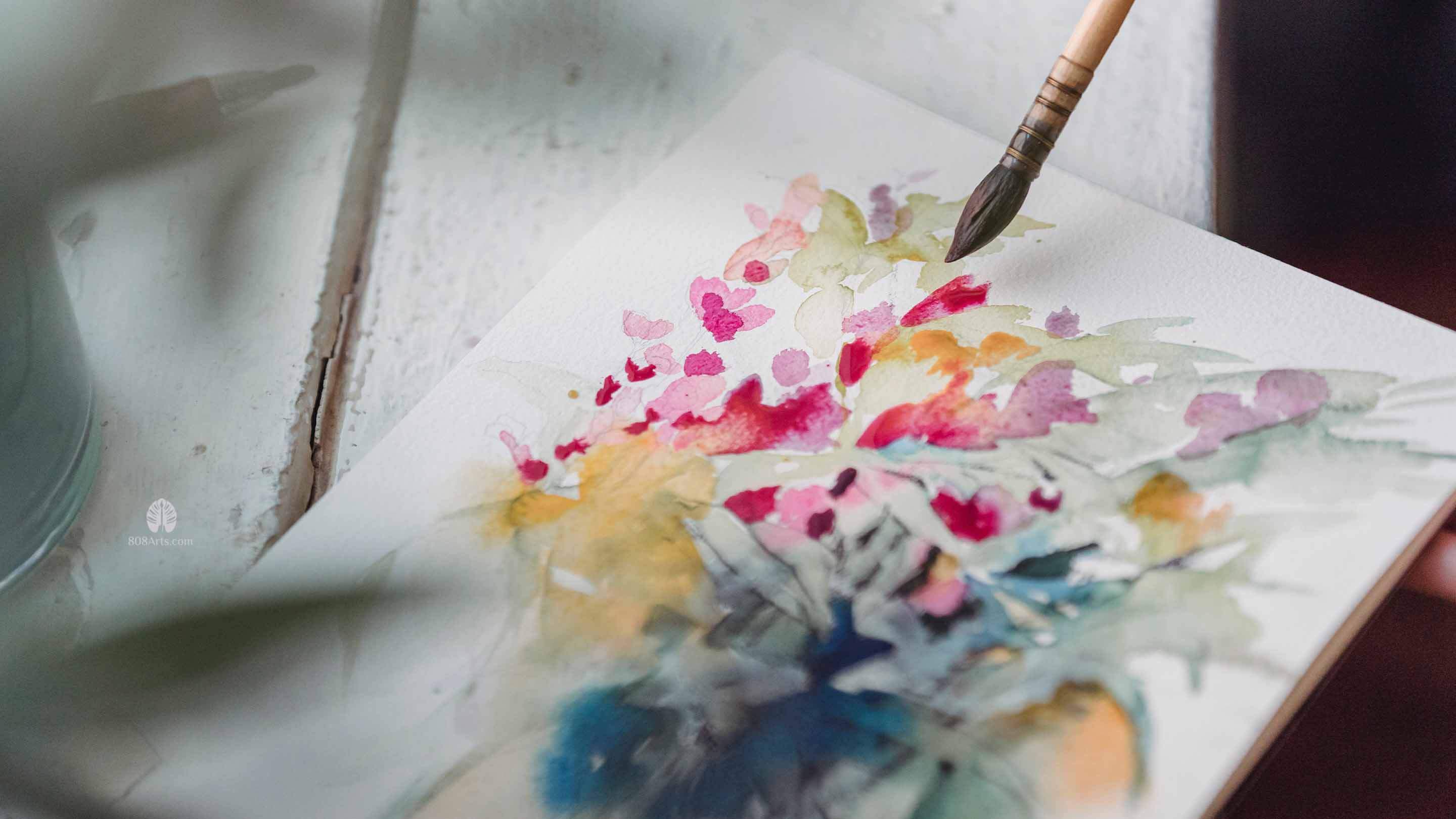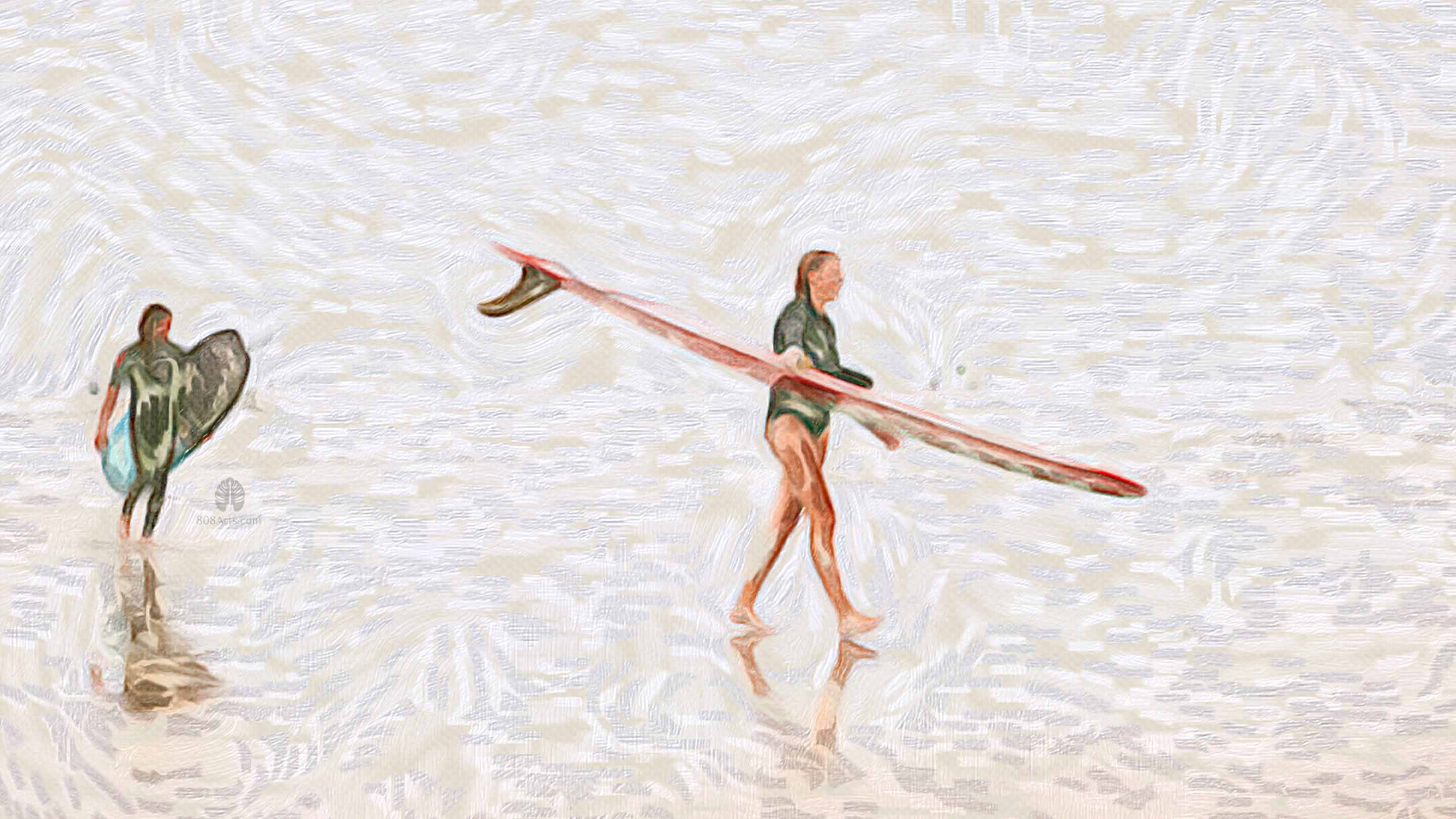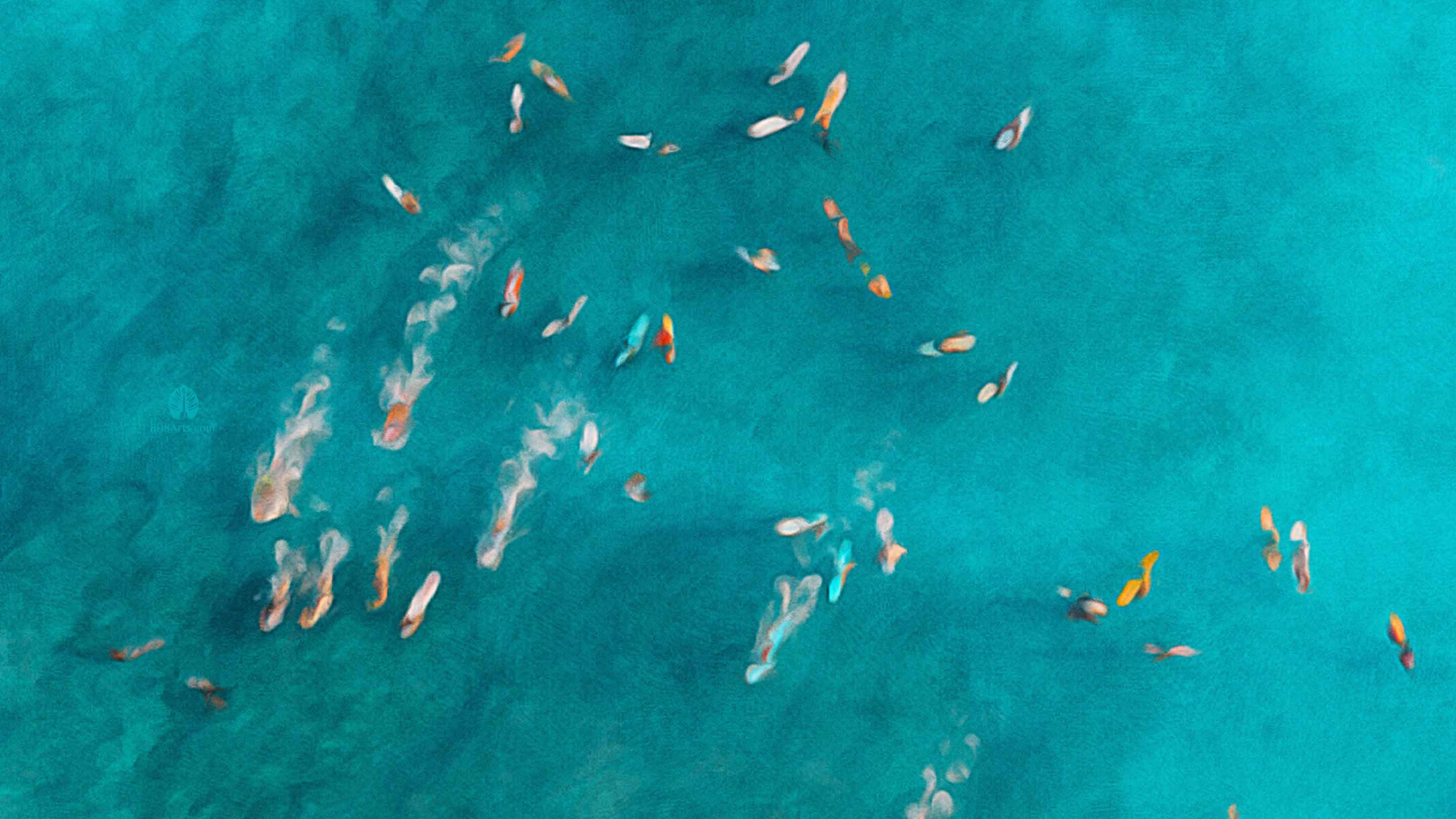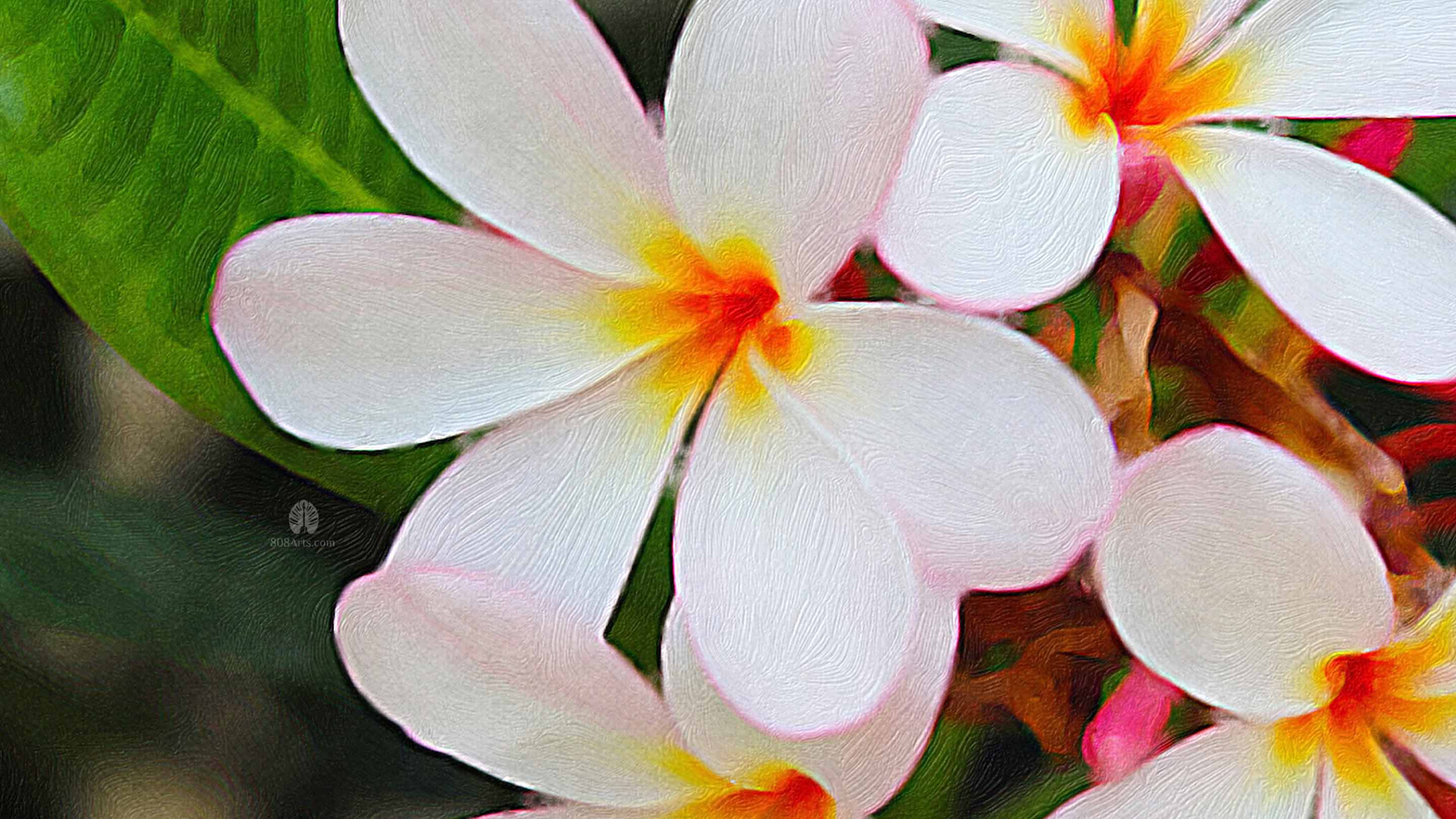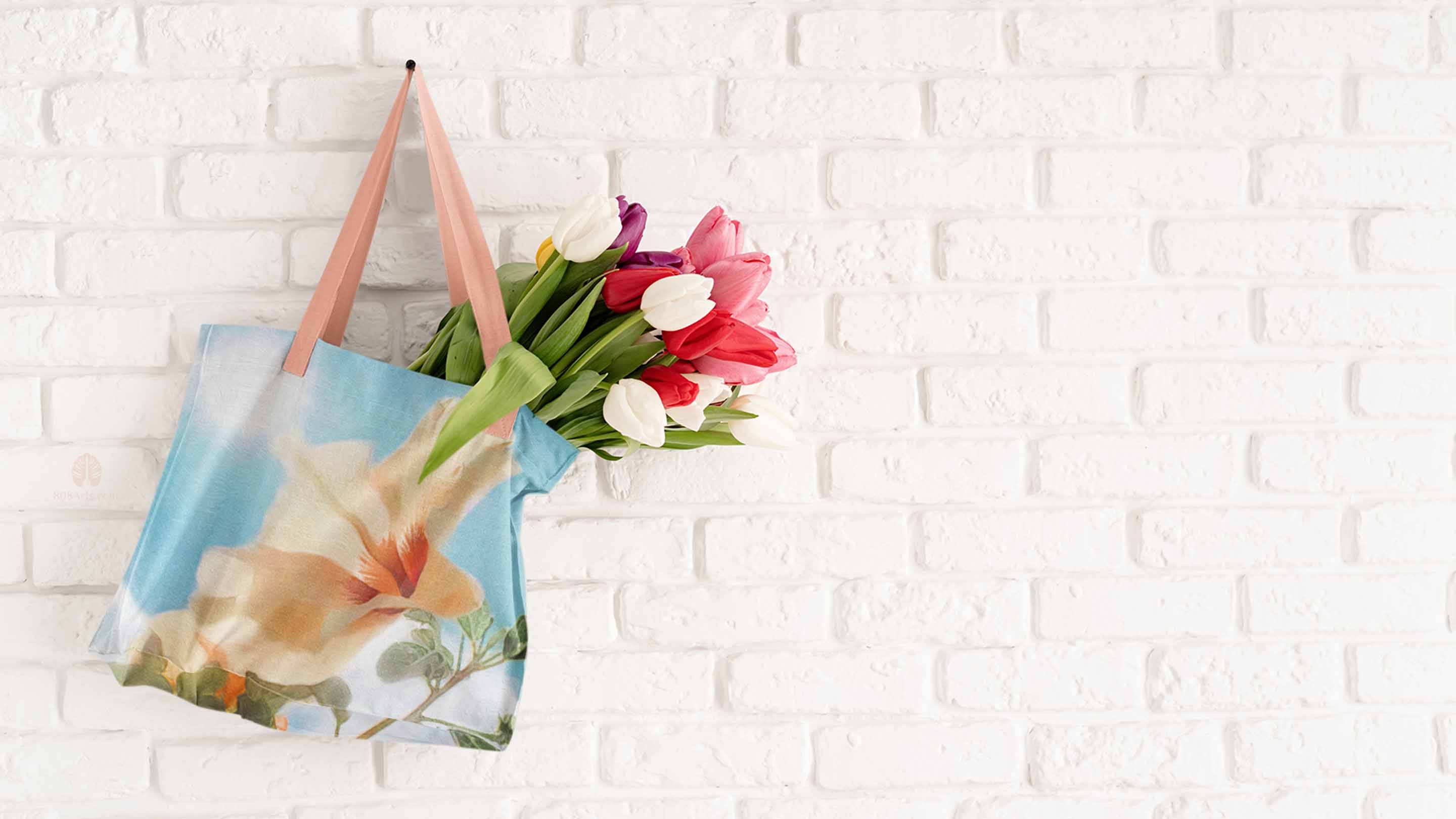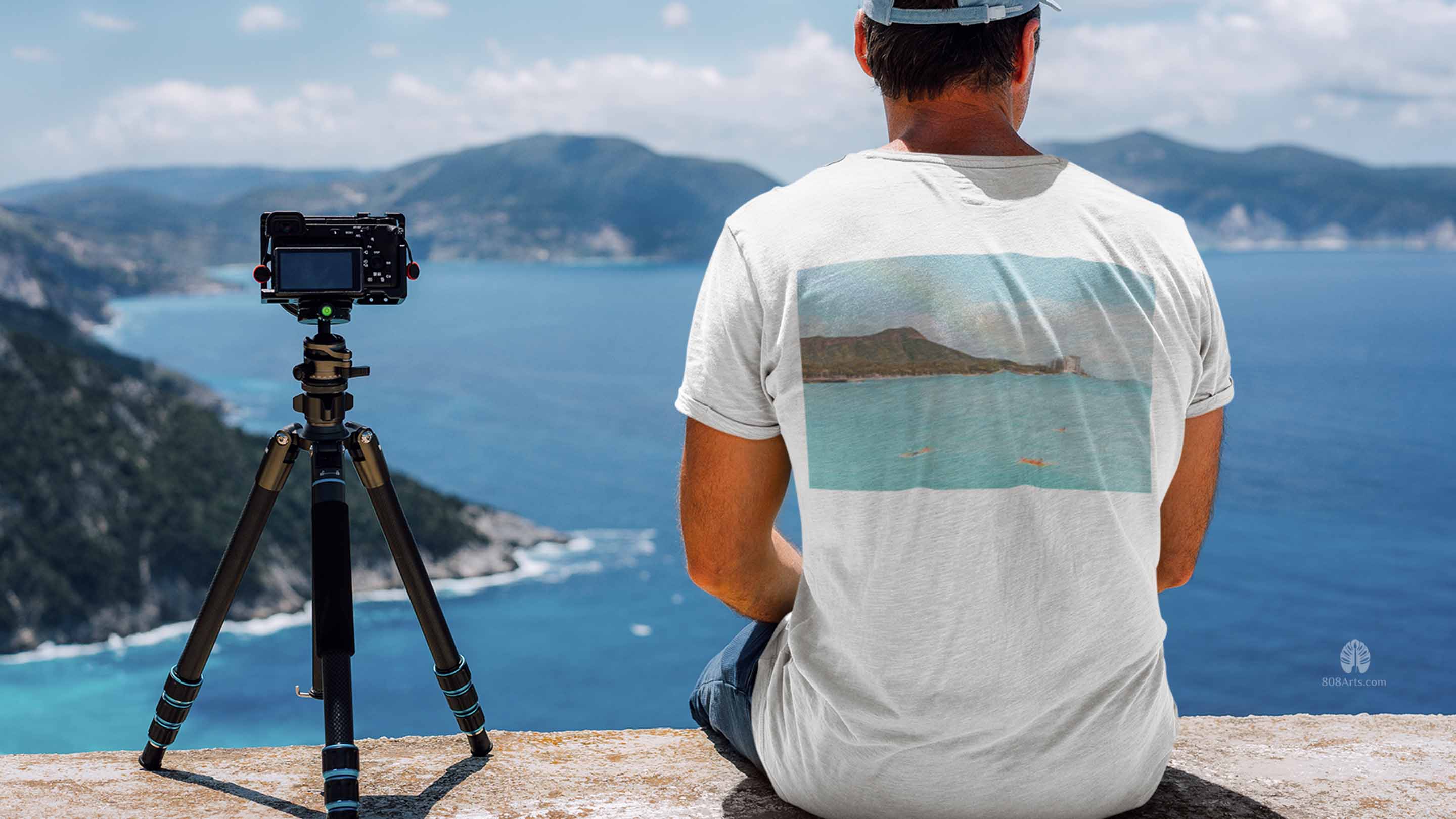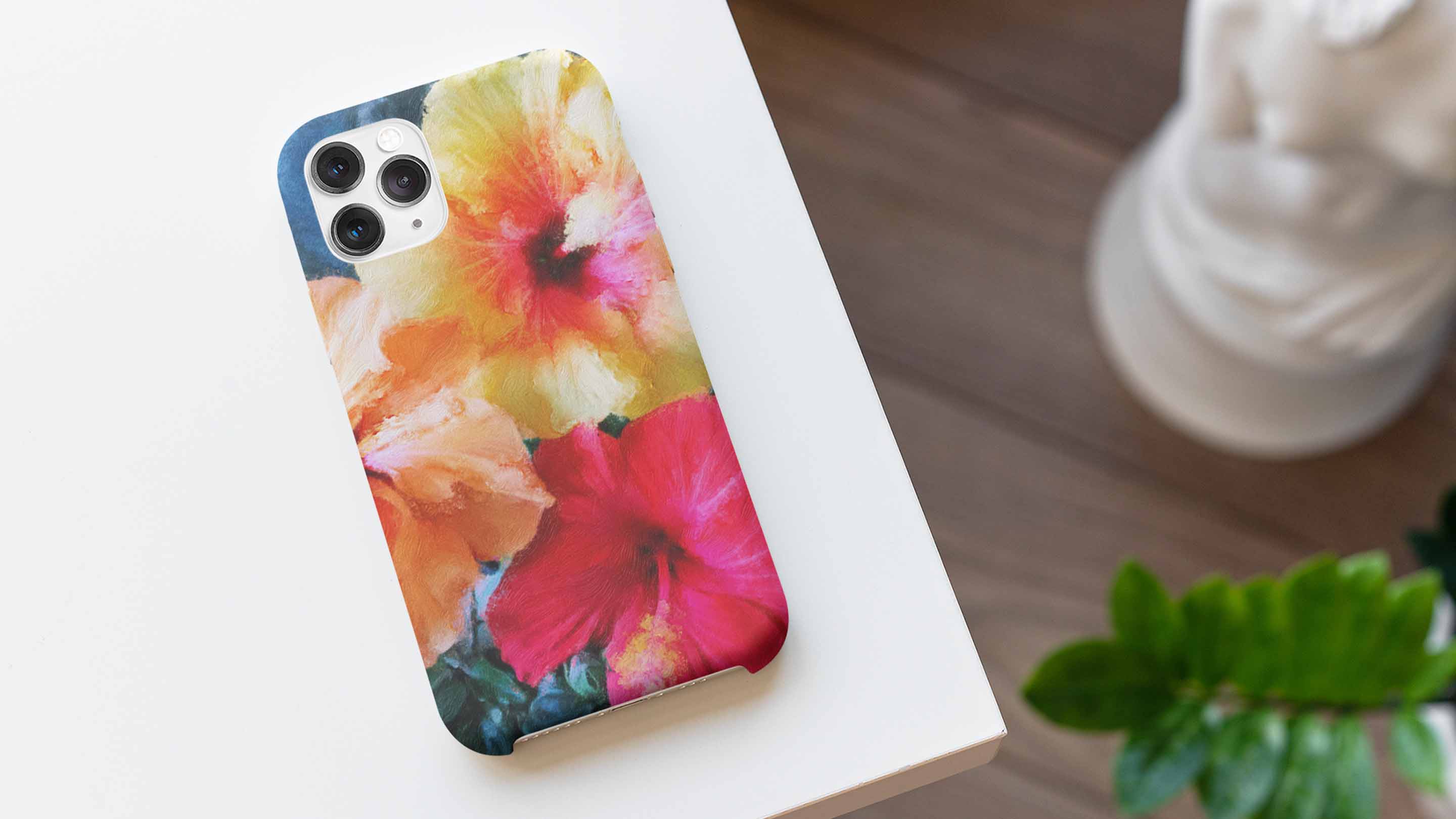Local Culture: Lei Day and The Art of the Hawaiian Lei
Hawaii is a land of natural beauty, rich culture, and unique traditions. One of these traditions is Lei Day, a celebration of the lei, a traditional Hawaiian garland of flowers or other natural materials. Lei Day is a time when Hawaiians come together to honor and appreciate the lei, and it’s a unique experience for anyone planning a trip to Hawaii. In this blog article, we’ll delve deeper into the history of Lei Day, the different types of flowers used for leis, and the art of making lei. We’ll also explore the various events and activities that take place during Lei Day, so you can experience this beautiful cultural celebration to the fullest. So, get ready to learn more about Lei Day and the beautiful tradition of lei-making in Hawaii!
A Brief History of the Hawaiian Lei

Lei have a long and rich history in Hawaii, dating back to ancient times. Hawaiians would weave leaves, flowers, and other natural materials into intricate garlands and wear them as a sign of rank, beauty, or honor. They would also offer leis to their gods and as a sign of respect to their guests. During the 19th century, when Hawaii was being influenced by Western culture, lei-making experienced a decline. However, it was revived during the early 20th century as part of a broader effort to preserve Hawaiian culture and traditions.
Lei and Hawaiian Culture
Lei have played an important role in Hawaiian culture for centuries. They are used to celebrate important events such as birthdays, graduations, weddings, and other milestones. Lei are also given as a sign of respect, gratitude, and love.
In Hawaiian culture, the act of giving and receiving a lei is a special and meaningful gesture that creates a bond between the giver and the recipient. Lei can also be used to honor and pay tribute to someone who has passed away, and are often placed on gravesites or scattered in the ocean as a way of saying goodbye.
In addition to their cultural significance, leis are also a visual representation of Hawaii's natural beauty. The flowers, leaves, and other natural materials used to make leis are an important part of Hawaii's ecosystem, and by wearing and giving leis, Hawaiians honor and respect their environment.
Today, lei-making is a thriving art form that is celebrated and appreciated throughout Hawaii and beyond. The lei has become a symbol of Hawaiian culture, and it's hard to imagine a trip to Hawaii without experiencing the beauty and significance of this traditional garland.
The Art Of Making Lei

What flowers are used to make lei?
The lei is made up of a variety of flowers, leaves, and other natural materials. Each type of lei has a different meaning and is associated with different occasions.
The most common type of lei is the haku lei, which is made up of a single strand of flowers or leaves woven together. This type of lei is often worn for special occasions like weddings or graduations.
Another popular type of lei is the orchid lei. Orchids come in a variety of colors, making them a popular choice for leis. White orchids symbolize purity and innocence, while pink orchids represent love and femininity.
Plumeria leis are also a popular choice. Plumerias come in a range of colors, from white to pink, yellow, and red. Plumeria leis are often worn to honor the dead, as they represent the spirit of the islands.

How are lei made?
Making a lei is a labor of love and requires skill and patience. The art of making lei has been passed down from generation to generation in Hawaiian families, and each family has its own unique way of making leis.
There are many different techniques for making lei, each with its own unique style and history. One of the most traditional techniques is the haku method, in which flowers and foliage are woven onto a base of natural fibers, such as grasses or twine. This creates a lush and voluminous lei that can be worn around the neck or draped over the shoulders.
Another technique is the kui method, in which flowers and foliage are strung together using a needle and thread. This creates a delicate and intricate lei that is often used for more formal occasions.
The wili method involves twisting and wrapping flowers and foliage around a central strand, creating a lei with a more organic and flowing shape. There is also the hipu'u method, in which tiny flowers and ferns are tightly wrapped around a central stem, creating a compact and delicate lei.
Each technique requires a different set of skills and materials, and each creates a different type of lei that is suited to different occasions and styles.
The Origin of Lei Day in Hawaii
Lei Day is a holiday that was first proposed by Don Blanding, a writer and poet who lived in Hawaii during the early 20th century. Blanding loved the Hawaiian tradition of making and wearing leis, and he saw the potential for Lei Day to bring people together and foster a sense of community.

Blanding proposed the idea of Lei Day in a newspaper article published in 1927, suggesting that May 1 be designated as a day to celebrate the beauty and meaning of the lei. May 1 was already a significant day in Hawaii, as it was also celebrated as May Day, a holiday that had been imported from Europe. Blanding believed that combining May Day and Lei Day would be a way to honor both Hawaiian culture and the island's multicultural heritage. Lei Day was officially recognized as a holiday in Hawaii in 1929, and it has been celebrated every year since, along with other fun community driven events like International Surfing Day.
"Lei Day represents a return to the old ways, a return to a simpler way of life, when people worked with their hands and made beautiful things for one another. Lei Day is a celebration of the creative spirit that lives in all of us."
- Don Blanding
Today, Lei Day is an important event in Hawaii's cultural calendar, and it's a time for locals and visitors alike to come together to appreciate the beauty and significance of the lei. Lei Day is a day to celebrate Hawaii's unique culture and traditions and to honor the legacy of Don Blanding, who saw the potential for lei-making and Lei Day as a way to rejoice in the significance of the Hawaiian lei.

How is Lei Day celebrated?
Lei Day celebrations are held all over Hawaii and are full of events and activities that showcase the beauty and meaning of the lei.
One of the most popular Lei Day events is the Lei Day concert, where visitors can enjoy music, dance, and cultural performances. There are also Lei Day workshops for lei-making, hula performances, and flower shows. Many schools hold Lei Day pageants where students compete to create the most beautiful lei.
Additionally, visitors can participate in lei-making workshops on Lei Day and create their own Lei Day souvenir. Lei Day is a time to immerse yourself in the beauty and culture of Hawaii and experience the joy of making and wearing a lei.
Did you Know?
While the lei is an iconic symbol of Hawaii and Lei Day is a popular event, there are some common misconceptions about it that are worth addressing in honor of Lei Day.
- One of the biggest misconceptions is that leis are only made with flowers. While flowers are the most common material used for leis, they can also be made from leaves, nuts, and other natural materials.
- Another misconception is that leis are only worn by women. In fact, leis are worn by both men and women and are given to people of all ages for various occasions.
- Additionally, some people believe that leis are only worn around the neck. However, leis can be worn on the head, wrists, and ankles, and even draped over the shoulders.
By understanding these common misconceptions, visitors who travel to Hawaii for the Lei Day celebration can better appreciate the versatility and significance of the lei in Hawaiian culture.
Lei Day and Leis in Hawaii Art
In addition to other Hawaiian cultural traditions like surfing and hula, the Hawaiian lei has inspired a wide range of art forms, from paintings and sculptures to jewelry and fashion. Many artists have been captivated by the beauty and significance of the lei, and they have incorporated it into their work in creative and innovative ways.
Some artists use the lei as a motif, incorporating lei-like patterns and colors into their designs. Others create three-dimensional lei sculptures, using natural materials like shells and feathers to create intricate and stunning works of art. Jewelry designers have also been inspired by the lei, creating necklaces and bracelets that evoke the spirit of the traditional garland. Fashion designers have incorporated lei motifs and colors into their collections, creating clothing that is both beautiful and evocative of Hawaii's unique culture.
The lei has become a source of inspiration for artists of all kinds, and their work is a testament to the enduring power and beauty of this traditional Hawaiian garland. The beauty of lei can be appreciated not just on Lei Day but every day!
At 808Arts.com we're proud to offer original artwork by local Hawaii artists that is perfect for honoring Lei Day. By shopping local and supporting Hawaii's unique community of artists, you're helping keep Hawaii beautiful and bring the Aloha spirit of Lei Day into your home. Lei Day inspired art is the perfect addition to anyone interested in collecting Hawaii art, or anyone who appreciates the natural beauty of the Hawaiian islands. Just like other subjects such as rainbow paintings and waterfall art, lei inspired art is a celebration of the beauty of Hawaii.

